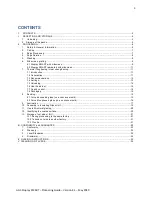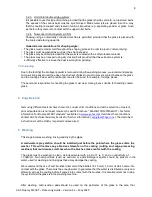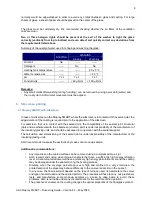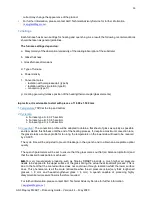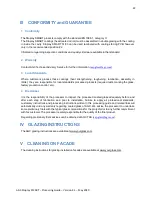
12
AGC Stopray SMART
–
Processing Guide
–
Version 4.1
–
May 2020
The only way to neutralise these defects is to balance the heating process by using additional heat
transfer onto the upper surface. Significantly increasing the temperature of the roof does not resolve the
problem because the low-emissivity coating will still reflect this increase in radiated energy. Moreover,
this will cause the rollers to overheat which could aggravate the problem.
The only solution is to create additional energy via
convection over the upper surface
.
This can be done by creating an air flow over the upper surface that is hotter than the glass itself.
The air is provided by an external compressor and is pre-heated in the furnace before it is pumped over
the upper surface of the glass via rollers fitted with jets (see figure below). Another technique involves
drawing hot air out of the furnace and pumping it back in again (re-circulation).
The latest generation of convection furnaces no longer have internal radiation elements. They only heat
the glass using pre-heated air.
This additional air supply to the upper surface of the glass helps:
Keeping the glass flat during the heating process and avoiding the aforementioned defects.
Significantly reducing the heating time and therefore boosting the productivity of the plant.
7.3
Recommendations
We recommend toughening or heat strengthening within 24 hours of cutting and within 12 hours of
washing.
The glass must be placed with the coated side facing upwards.
The personnel handling the glass must wear clean gloves. Larger and heavier sheets should be
handled with suction pads covered with a protective material.
Markings may be made before toughening on the upper side of the glass coated.
We recommend stopping the SO2 supply in the toughening furnace at least 24 hours before
toughening this kind of glass: the combination of SO2 and a preliminary process that is not completely



